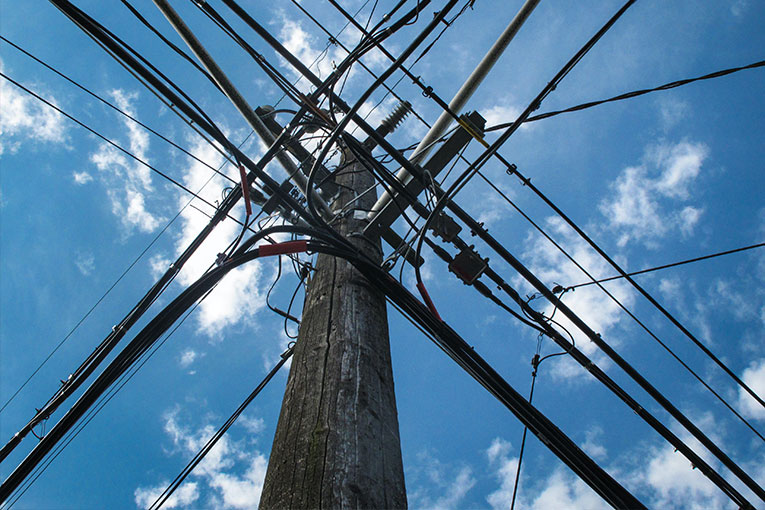One size doesn’t fit all when it comes to electrical needs. For example, industrial wiring installation is different from residential wiring installation, as each space has different lighting and electrical requirements. When you’re wiring your facility, it’s important to consider the key differences between these to ensure ideal lighting quality and safety.
In this blog, we’ll explore industrial wiring installation in depth and help you to prepare for your next commercial or industrial project. Keep reading!
Preparing for Industrial Wiring Installation and Beyond
Industrial Wiring Types and Considerations
Here are the most common industrial wiring types you should be aware of:
- MTW: Flexible, typical for industrial control panels
- THHN: More rigid, most commonly used for homes or commercial buildings, can be stranded or solid wire
- XHHW: Rigid, but offers more protection in its insulation than THHN with higher operating temperatures and voltages
Other considerations include wire size and bend radius.
Wire Size: Knowing the precise voltages or currents that will be passing through the wire is one factor that will help determine wire size. The higher the current, the larger the wire you’ll need.
Bend Radius: It’s important that your wires don’t bend too sharply, as this can cause damage to them.
You should also be aware of the NEC’s rules on industrial controls, which govern the implementation of control circuits for motor control, instrumentation signals, and plant shutdown schemes in industrial facilities.
Additionally, familiarity with UL standards will ensure product safety. These include standards such as the ground wire always being green, AC hot/live wire always being black, and AC neutral always being white.
Check for an NEC or UL stamp when purchasing wire, as any wire that’s uncertified or unclassified may be using less conductive metals. Also, the Canadian CSA Group (CSA) also certifies wiring, so be sure to look for the CSA-US stamp to meet US standards as well.
Difference Between Industrial or Commercial Wiring and Residential Wiring
The key difference between industrial or commercial wiring and residential wiring is contingent upon single phase vs. three phase electrical wiring. Each of these wire types receives a unique voltage, and power is supplied by a different wire setup in each. Single phase wiring consists of two hot wires, a neutral wire, and a ground wire while three phase wiring generally uses three hot wires, a neutral wire, and a ground wire.
Note: There is no such thing as two-phase power, and single-phase power is commonly referred to as “split-phase.” Don’t get confused!
Industrial wiring is generally designed for a system with three phase electrical power. On the other hand, single phase electrical power is commonly employed for residential purposes.
Conquer Your Industrial Wiring Installation With Us
Now that you understand the primary considerations concerning industrial wiring and its installation, you’re ready to take on your facility’s next project! Trust Synergy Electric to help with all of your facility's commercial and industrial electrical concerns. Contact us to begin planning your commercial or industrial wiring installation today!
